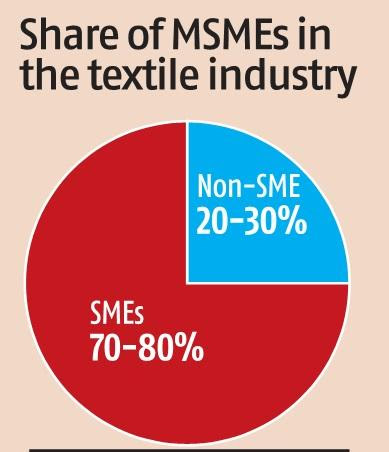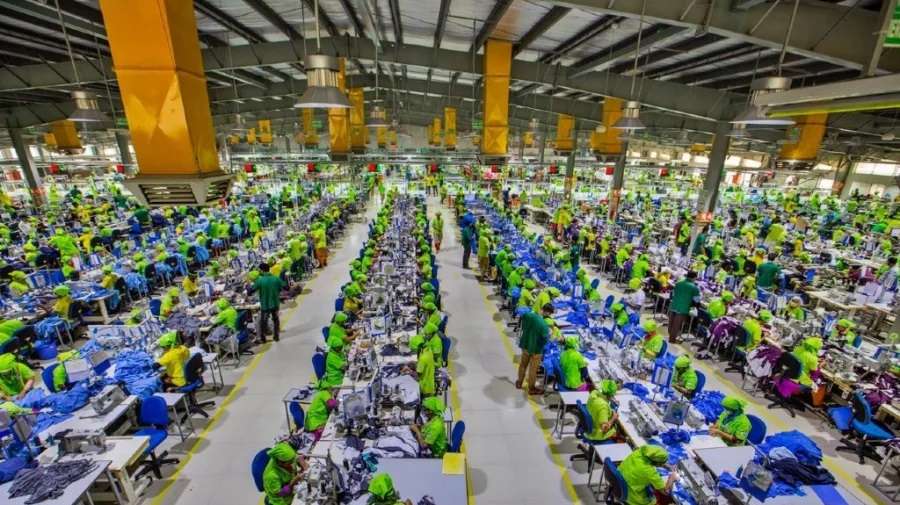
The Indian textile and apparel industry, especially for SMEs, is poised for a potential rebound, as indicated by the recent CRISIL SME Tracker report. However, beyond the fluctuations in cotton prices, a multitude of challenges confront these enterprises. This comprehensive analysis aims to dissect the intricacies of the situation, incorporating insights from various sources, including industry reports, case studies, and expert opinions.
Is cotton the only culprit?
While cotton price volatility remains a significant concern impacting SMEs, it is not the sole culprit behind the industry's challenges. The CRISIL report acknowledges subdued export demand as another critical factor, alongside global economic headwinds and fierce competition from other textile-producing nations like Bangladesh and Vietnam. Additionally, a joint study by CITI and CRISIL underscores challenges such as stiff competition and limited access to credit.
The composition of textile SMEs
SMEs constitute a substantial 75% of the textile value chain, though there exists a vital dichotomy between export-oriented and domestically focused enterprises. Clusters such as Tirupur and Mumbai heavily rely on exports, while Kolkata and Ludhiana cater more to the domestic market . However, the dominance of SMEs in the domestic market is highlighted, with around 60% primarily targeting domestic consumers.
Can domestic demand save the day?
While resurgence in domestic demand offers hope, it presents its own set of challenges. Many domestic SMEs lack the necessary resources to penetrate the pan-India market effectively, facing stiff competition from larger players. Moreover, rising raw material costs and intense competition continue to squeeze margins, as evidenced by the struggles faced by SMEs in regions like Ludhiana.
Challenges beyond cotton
The hurdles faced by textile SMEs extend far beyond cotton prices. Limited access to credit inhibits expansion and technological advancement, while a persistent skill shortage hampers productivity. Moreover, technological backwardness and fierce competition from both larger domestic players and imports create a challenging environment for these enterprises.
Case Studies: Illustrating Real-World Struggles
The plight of export-oriented SMEs in Tirupur and the challenges encountered by knitwear manufacturers in Ludhiana exemplify the multifaceted obstacles faced by Indian textile SMEs. Industry experts emphasize the need for a multi-pronged approach beyond stable cotton prices, advocating for improved access to credit, skill development initiatives, and technological adoption.
While optimism surrounds the potential rebound of Indian textile SMEs, a deeper examination reveals a landscape fraught with challenges. To ensure sustained growth and resilience, concerted efforts are required to address issues beyond cotton prices. Initiatives focusing on skill development, facilitating access to credit, and fostering innovation are imperative for the long-term vitality of this crucial sector within the Indian economy.












